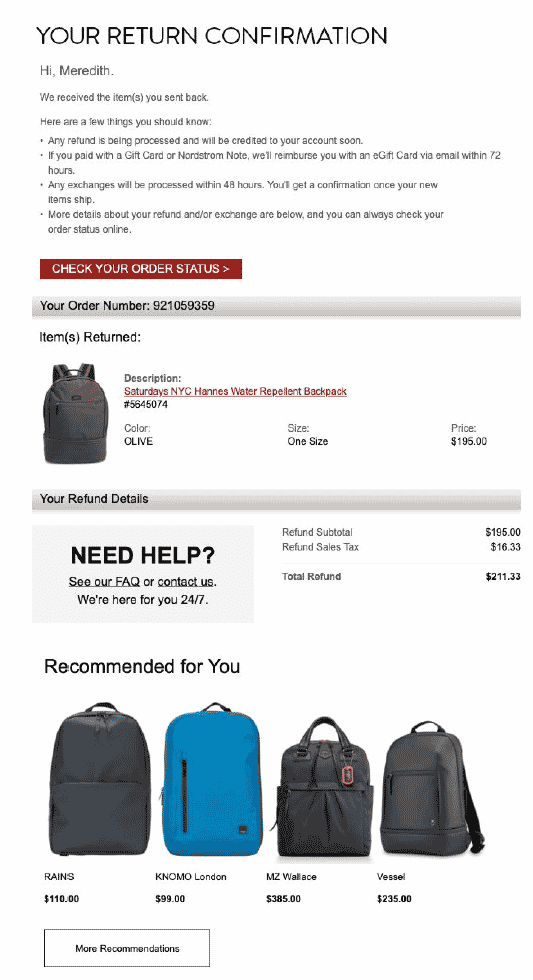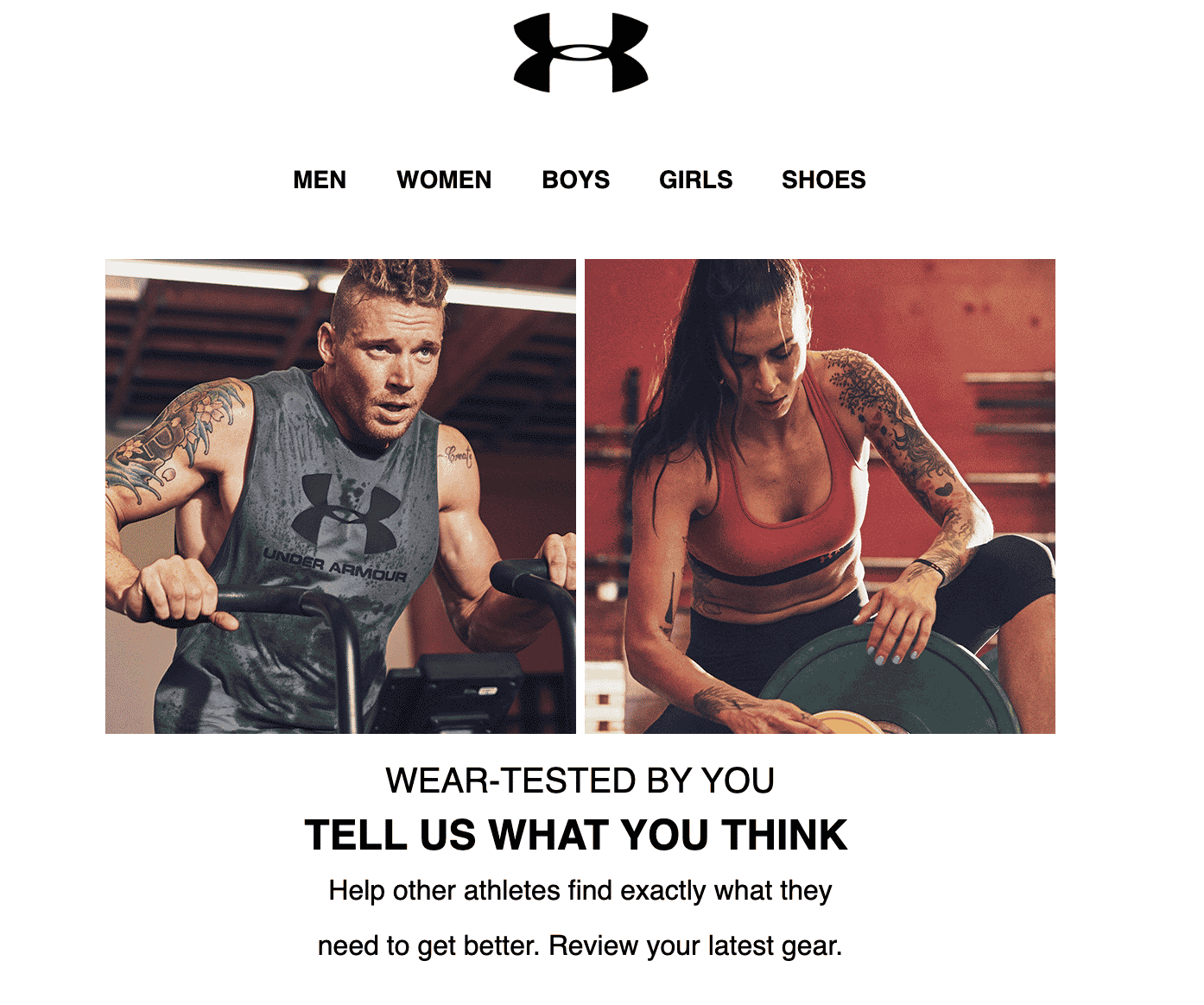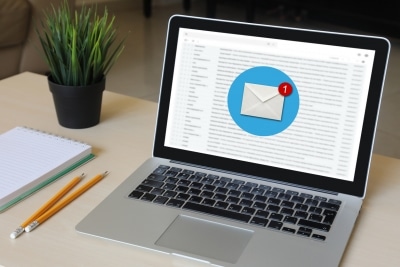Article
5 Ways Post‑Purchase Messaging Turns Shoppers Into Loyalists
July 17, 2019

Back in 1895, Italian philosopher and economist Vilfredo Pareto noted that 20% of Italy’s population controlled 80% of its wealth. That ratio lives on today in business; the overwhelming majority of a brand’s sales come from their top customers. One way retailers can cement that loyalty is with post-purchase emails.
Reaching out to consumers at the point of purchase offers a powerful opportunity to make a mark. Still, many retailers miss it. Research from Support.com found that 40% of consumers believe post-purchase experiences are the most memorable aspect of the overall brand experience.
Given this consumer state of mind, a purchase is not just a purchase. It’s also an opportune moment for a trigger that helps brands increase revenue from email. Post-purchase, the brand knows something new about the customer, and should incorporate that information into their subsequent messaging strategy. Here are five tactics:
Add Product Recommendations to Post-Purchase Notifications
The first post-purchase message generally arrives within minutes of a sale: the order confirmation. There are also shipping updates and confirmations, as well as messaging around in-store pick-up and returns. In this case, Nordstrom understands that because the customer returned a backpack, she’s likely still looking for one. As a result, the retailer included recommendations for bags with similarly simplistic styles and muted colors, but in a variety of price points.

Increase Incentives Over Time
Ten days after a sale, for example, an email could contain a personalized product recommendation that complements the item previously purchased. A month after a sale, the customer could be offered a discount. And then on day 45, he or she could be offered a more substantial discount — but only if the purchase is completed that day.
Boost Engagement
Start with a thank you. Make someone feel even better about their purchase and they may be more inclined to engage further. That could mean leaving a review, downloading your app or joining your loyalty program. Under Armour does this well, letting the customer know valuable reviews are, making him feel like a part of the community.

Use Predictive Analytics
Post-purchase messages are inherently reactive — but they don’t have to be. With predictive technology, marketers can look beyond what a customer did and tap into what they’re likely to do. Predictive technology identifies the likelihood that someone will make a purchase, including when and how much. Recommend products accordingly.
Set Triggers for Consumables
The average time between purchases for consumables could be fairly consistent. When a customer buys something they’re likely to use up, set a trigger to encourage them to restock before they run out. This is a key strategy for retailers that sell CPG, such as Walmart, Sephora and Dollar Shave Club.

Post-purchase emails are just one way email marketing can help your bottom line. To learn more, download Increasing Revenue from Email: The Definitive Strategy Guide for Fashion, Apparel and Specialty Retail Brands.
The State of Brand Loyalty in the U.S. in 2023
Related



